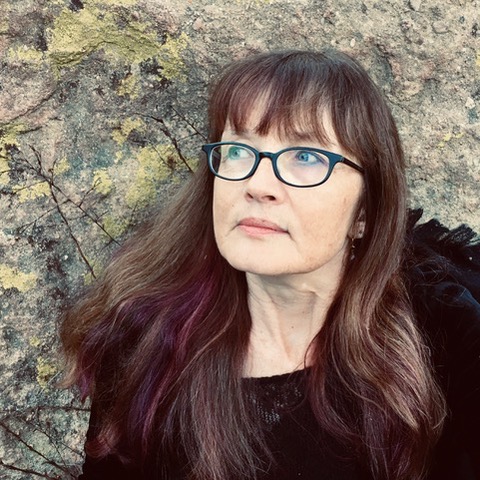

Today we’d like to introduce you to Julia Mary Gibson.
Julia, please kick things off for us by telling us about yourself and your journey so far.
My parents were bohemian radicals who read voraciously and wrote poetry when they weren’t picketing the racist school board or speaking at a peace rally. I was an only child until I was eight, we didn’t have a television, and since my parents read all the time, so did I. I wrote poems like they did and like my great-grandmother did. Hers were about birds; ours were about war and beauty in the ruins.
I was a teenager in the sixties. Everyone we knew was a painter or experimental filmmaker or the singer in a revolutionary rock band. I painted banners for marches and wrote for the underground newspaper. Nobody thought about art or writing as a career. Everybody had day jobs. Marketing and success were suspect. Excellence was less important than relevance. Art was for the people, not profit.
In my twenties, I struggled to find a means of expression. I wrote this and that, messed around with fabric art, collage, theater. Tiny writing gigs would sometimes fall my way, but I didn’t pursue writing as a path. Thanks to a kindred spirit I met in college, I hooked into animation, which combines all art forms, including dance. She and I made animated shorts at night when the kids were asleep. I wanted to work in the film business and moved to Hollywood with my five-year-old daughter and no car. I knew zero about the film business. Years later, I was on location with the most expensive movie ever made. My thrilling and challenging career in visual effects taught me about storytelling, group dynamics, human nature, flexibility, persistence, work ethic, and so much else.
A time came when I was ready to focus on my own work. I didn’t know what that would look like, except that it would be made of words. I hadn’t stopped writing, but writing had been way to the side. At first, I thought I’d write short stories. One of them was too complicated to be short and became a novel. It took many years. I had to figure out what a novel was made of. I wrote another novel and a bunch of other stuff and lucked into the perfect agent.
I committed myself to writing in my mid-forties. Before then, I didn’t know what I wanted to say or how. My debut novel was contracted by a Big Five publisher twenty years later.
Can you give our readers some background on your art?
I’ve written novels, screenplays, short fiction, essays, poems (in my youth), and a graphic novel. Most of my projects involve a mountain of research, which I enjoy maybe too much. I’ve gotten better at planning and designing an idea before diving headlong into it. I dig around and make a mess, and at some point, there’s a coalescing.
I write about coyotes, about our responsibility to the past, about strong girls, magic, redemption, restoration, and the juxtaposition of the industrialized world and wild nature. What does justice look like? Can we heal our suffering earth? What will sprout from the ash?
How do you think about success, as an artist, and what do quality do you feel is most helpful?
Success has many faces and facets. I’m jazzed if something I write moves somebody or sparks a conversation. It’s thrilling to be in print. A book has weight to it. There’s permanence in the ink and cardboard. It’s a miracle to be paid for creative work. In the culture I grew up in, the word “successful” was often not a compliment. Successful artists were often considered sellouts. I feel successful whenever I ship a draft to any one – agent, editor, critique partner, friend.![]()
If an artist isn’t sincerely devoted, there is no possible success.
What’s the best way for someone to check out your work and provide support?
My website has links to some of my published pieces, including a story from the point of view of a coyote, and a personal essay on the Cuban missile crisis. My novel COPPER MAGIC is available on Amazon, and so is the wonderful anthology WHAT WILDNESS IS THIS, which includes a piece I wrote about coyotes showing up dead in my driveway in Laurel Canyon.
People making good art and good trouble is what supports my work. I take heart every day from the artists who are no longer with us on earth and the new ones finding their bold ways. Art changes hearts and spirits and the course of power. I’m sustained by artists who advocate for justice, speak for those without voices, and manifest beauty.
Contact Info:
- Website: juliamarygibson.com
- Email: [email protected]


Image Credit:
Aaron Lipstadt, Morgan Gibson
Getting in touch: VoyageLA is built on recommendations from the community; it’s how we uncover hidden gems, so if you know someone who deserves recognition, please let us know here.












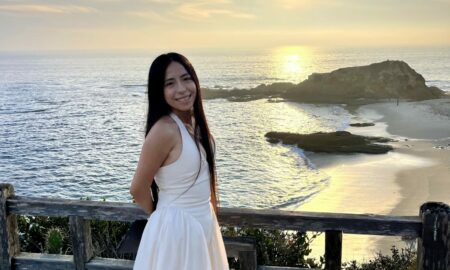
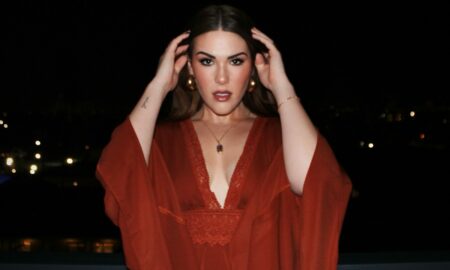
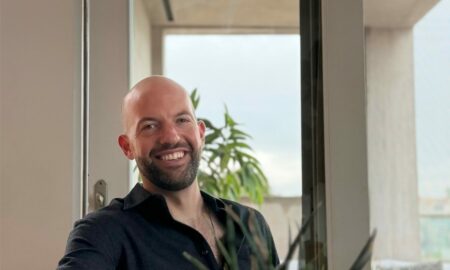
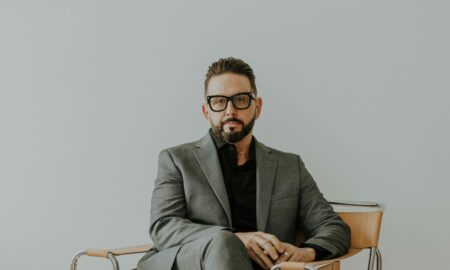
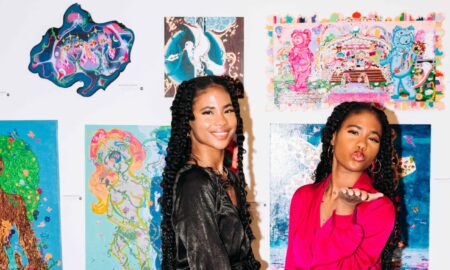


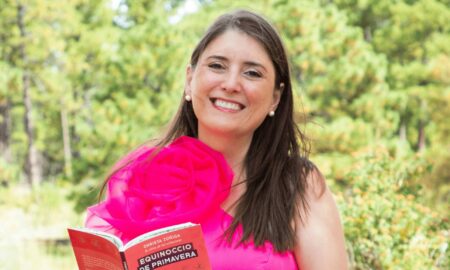
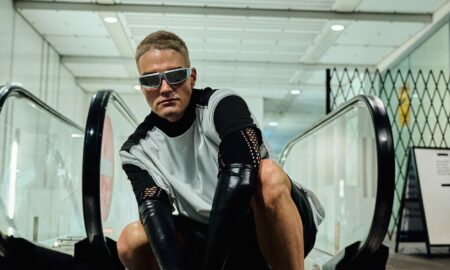
Michele Montgomery
May 30, 2019 at 19:40
What a wonderful, interesting bio. Thanks for letting us in on such a worthwhile artist.
Paula Lumbard
May 30, 2019 at 23:39
Love Julia’s work! Thank you for bringing her forward. In these times we need voices and words like hers.
Natalie Zoe
June 1, 2019 at 00:17
What an inspiring interview. Great questions were asked; responses were indelibly articulate & poetic. I had already had the pleasure of reading Ms. Gibson’s first published book “Copper Magic” – in fact – read it twice. So this interview was especially interesting. I will look forward to delving into anything she has to say about – well – about ANYTHING!